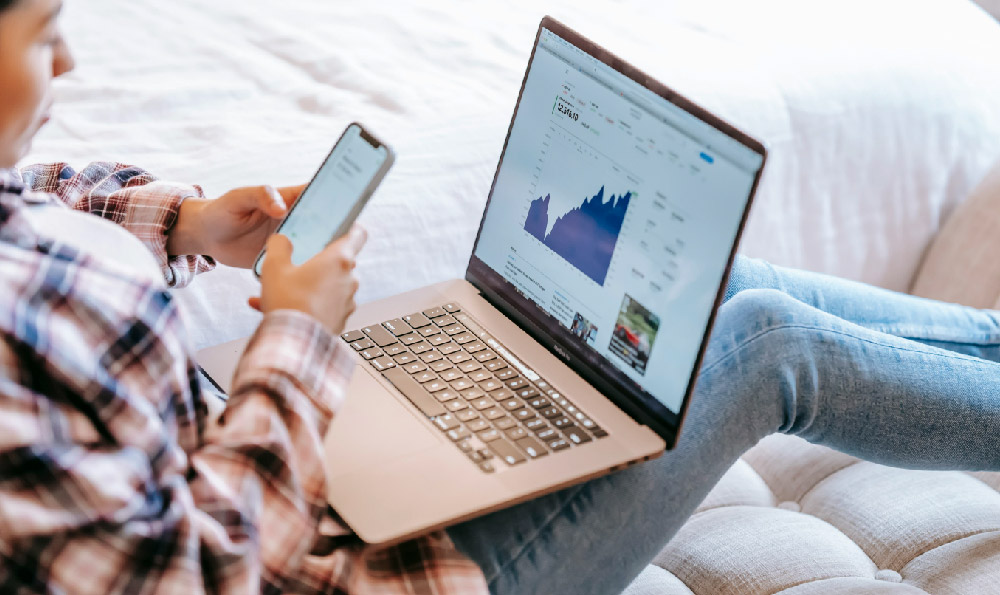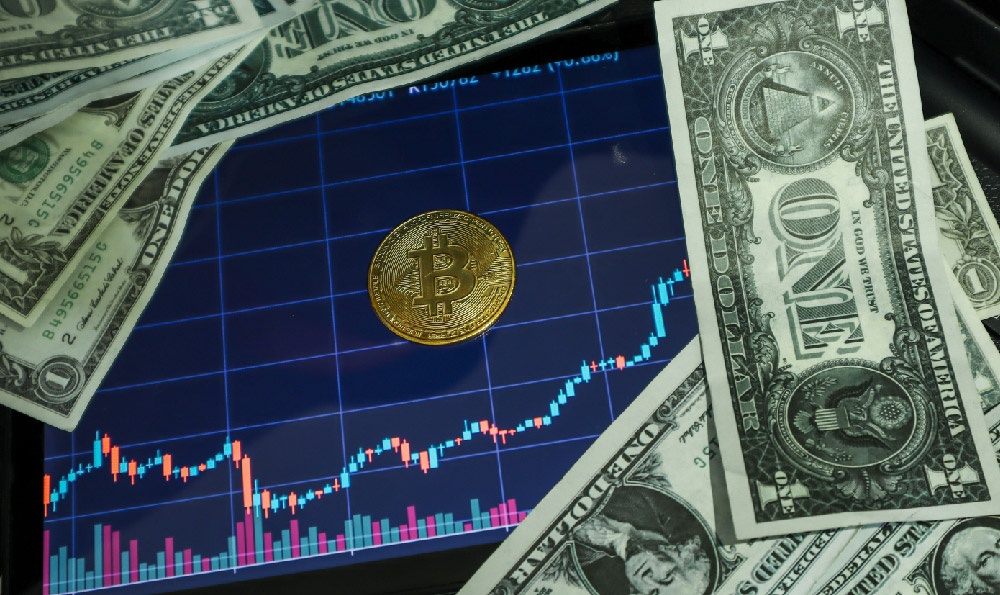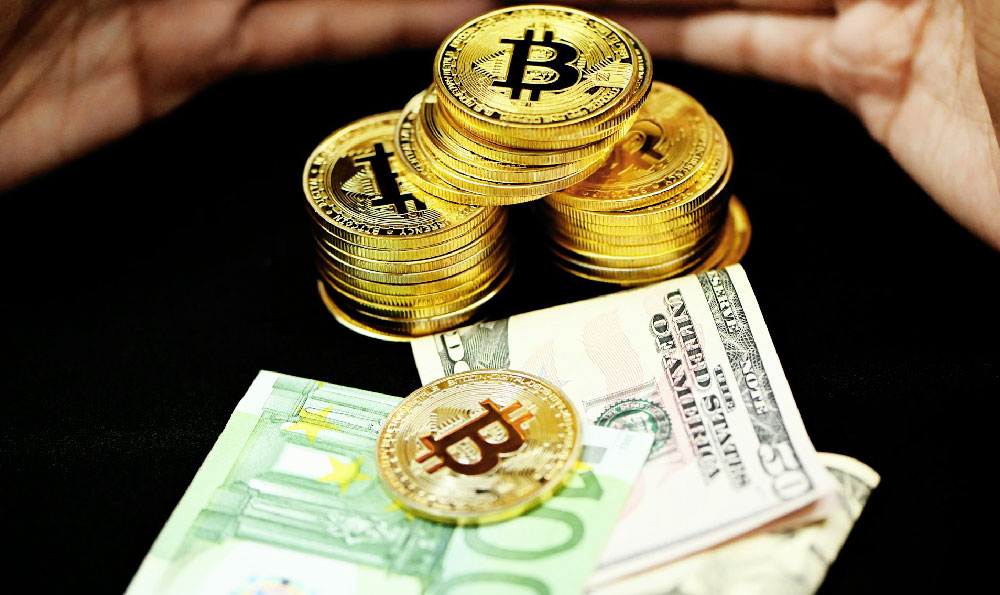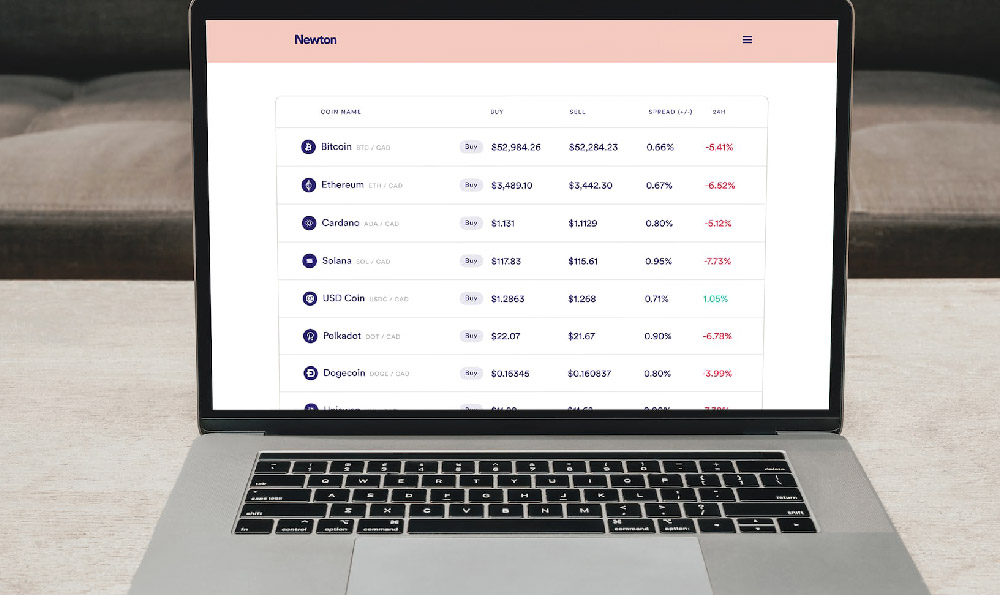Is Binance Legit? How Safe is Binance Platform Really?
Binance, a giant in the cryptocurrency exchange world, routinely handles billions of dollars in daily trading volume. This prominence naturally brings forth questions about its legitimacy and safety. Potential users, and even seasoned traders, need to thoroughly evaluate the platform before entrusting it with their capital. Let's delve into the complexities of Binance's security and operational practices to provide a balanced perspective.
A Look at Binance's Operational Structure and Security Measures
Binance wasn't built overnight. Its rise to dominance is underpinned by a series of technological advancements and a proactive approach to security. The platform employs a multi-tiered and multi-clustered system architecture, designed for high availability and scalability. This means that even under heavy trading loads, the platform is designed to remain operational, minimizing downtime that could affect users' trading activities.

On the security front, Binance incorporates a wide array of measures. Two-factor authentication (2FA) is mandatory for all accounts, adding an extra layer of protection against unauthorized access. The platform also utilizes advanced encryption protocols to safeguard user data both in transit and at rest. Furthermore, Binance employs sophisticated risk management systems that monitor trading activity for suspicious patterns, flagging potentially fraudulent transactions for manual review.
One of Binance's most notable security features is its Secure Asset Fund for Users (SAFU). This fund, comprised of a portion of trading fees, is specifically earmarked to compensate users in the event of a security breach or unforeseen circumstance that results in asset loss. The existence of SAFU provides a safety net, demonstrating Binance's commitment to user protection beyond the standard security measures.
Navigating the Regulatory Landscape: A Continuous Evolution
The regulatory landscape for cryptocurrencies is constantly evolving, and Binance, like other major exchanges, has had to adapt to these changes. Initially operating without a specific regulatory license in many jurisdictions, Binance has since made significant efforts to comply with local regulations worldwide. This includes obtaining licenses in various countries, implementing Know Your Customer (KYC) and Anti-Money Laundering (AML) procedures, and working with regulatory bodies to ensure a safe and compliant trading environment.
However, it's important to acknowledge that Binance's regulatory journey hasn't been without its challenges. The platform has faced scrutiny from regulators in some countries, leading to restrictions or temporary suspensions of services. These instances underscore the complexities of operating in a rapidly evolving regulatory environment.
Despite these challenges, Binance has consistently demonstrated a willingness to engage with regulators and adapt its operations to meet evolving compliance standards. This proactive approach suggests a long-term commitment to operating within the bounds of the law and providing a safe and reliable platform for its users.
Assessing the Risks: What Users Need to Know
While Binance has implemented robust security measures and is actively pursuing regulatory compliance, it is crucial to acknowledge that no platform is entirely risk-free. The cryptocurrency market, by its very nature, is volatile, and users can experience significant financial losses due to market fluctuations.
Beyond market risks, users should also be aware of potential security risks, even on a platform as secure as Binance. Phishing scams, malware attacks, and social engineering tactics are common threats in the cryptocurrency space. Users should be vigilant in protecting their account credentials, avoiding suspicious links, and using strong, unique passwords.
Furthermore, it's essential to understand the risks associated with specific cryptocurrencies listed on Binance. Not all cryptocurrencies are created equal, and some may be more susceptible to scams or manipulation. Users should conduct thorough research before investing in any cryptocurrency and only invest what they can afford to lose.
Mitigating Risks: Best Practices for Binance Users
To mitigate risks and protect their assets on Binance, users should adopt a number of best practices:
- Enable Two-Factor Authentication (2FA): This is a non-negotiable security measure that adds an extra layer of protection against unauthorized access.
- Use a Strong and Unique Password: Avoid using easily guessable passwords or reusing passwords from other websites.
- Be Wary of Phishing Scams: Never click on suspicious links or provide your login credentials on unofficial websites.
- Use a Hardware Wallet for Long-Term Storage: For larger holdings, consider storing your cryptocurrencies offline in a hardware wallet for enhanced security.
- Diversify Your Portfolio: Don't put all your eggs in one basket. Diversifying your portfolio across different cryptocurrencies can help mitigate risk.
- Stay Informed: Keep up-to-date with the latest security threats and best practices in the cryptocurrency space.
Conclusion: Is Binance Legit and Safe?
Binance is a legitimate cryptocurrency exchange that has invested heavily in security and compliance. The platform employs a range of security measures, including 2FA, encryption, and a Secure Asset Fund for Users (SAFU), to protect user assets. Binance is also actively working to comply with regulations in various jurisdictions around the world.
However, like any cryptocurrency exchange, Binance is not entirely risk-free. Users should be aware of the risks associated with market volatility, security threats, and the potential for scams. By following best practices and staying informed, users can mitigate these risks and protect their assets on Binance.
Ultimately, the decision of whether or not to use Binance is a personal one that should be based on individual risk tolerance and investment goals. However, by understanding the platform's security measures, regulatory compliance efforts, and potential risks, users can make an informed decision and take steps to protect their assets. The platform is constantly evolving, and users must remain vigilant and informed to navigate the complexities of the cryptocurrency world safely and effectively.















